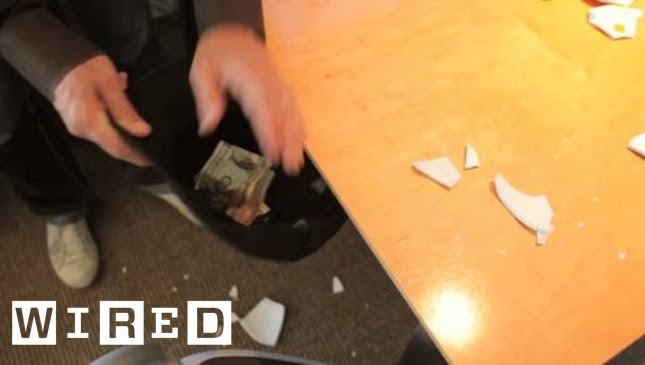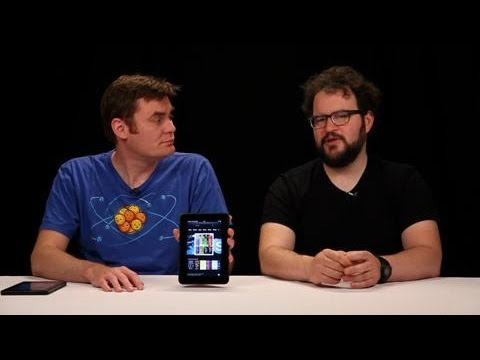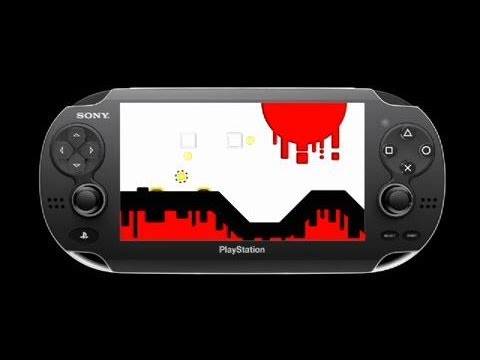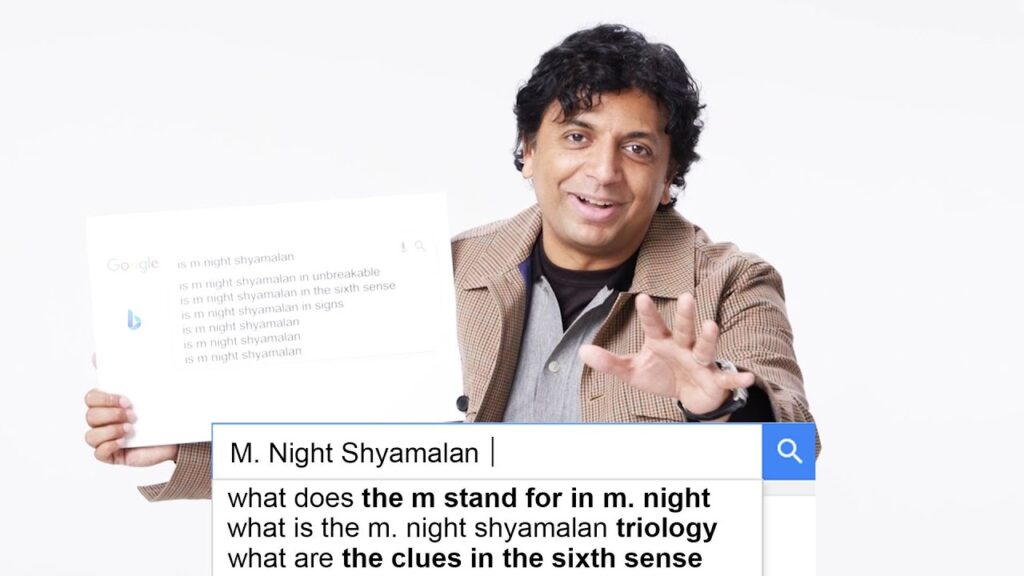The Rubik’s Cube: How to Solve it and the World of Speedcubing
Summary
In this article, we delve into the world of Rubik’s Cube solving, from the basics of solving the puzzle to the techniques used by professional speedcubers. We discuss the importance of memorized algorithms, fast turning, and quick processing in solving the cube quickly. We also touch on the mathematics behind the cube and the concept of “God’s number.”
Table of Contents
- The Basics of Solving the Rubik’s Cube
- The World of Speedcubing
- The Mathematics of the Rubik’s Cube and “God’s Number”
- Conclusion
The Basics of Solving the Rubik’s Cube
The Rubik’s Cube is a difficult puzzle with billions of possible scrambles, but with practice and memorization, most people can learn to solve it in a few minutes. The cube is made up of smaller cubes, called “cubies,” that can be twisted and turned to scramble the puzzle. To solve the cube, one must unscramble it so that each side is a solid color.
Beginners typically use a method that involves solving the cube layer by layer. This method involves memorizing a set of algorithms to solve each layer of the cube. As one becomes more advanced, they can learn more algorithms and solve the cube more efficiently.
The World of Speedcubing
Speedcubers can solve the Rubik’s Cube in under 10 seconds, with the world record being 3.47 seconds. However, solving it in under three seconds is almost impossible due to the number of positions on the cube. Competitors solve five cubes in a round, with the average solve time being more important than the single solve time. The current world record for average solve time is 5.69 seconds, and the single solve record is 3.47 seconds.
The World Cube Association co-founder, Tyson Ma, explains that there are three things that contribute to how fast someone can solve a Rubik’s cube. Firstly, the method used relies on memorized algorithms to solve the cube section by section. The more algorithms memorized, the fewer moves needed to solve the cube. Secondly, how fast someone can turn the cube is important, with the fastest speed cubers averaging around 10 turns per second. Lastly, how fast someone can process the information is crucial, as reducing the pause between steps can lead to faster solves.
The cube hardware has also evolved, with newer models being easier to turn and including tiny magnets to help the faces snap into place. The improvement in cube technology has also caused changes in ergonomic techniques used to solve the cube.
The Mathematics of the Rubik’s Cube and “God’s Number”
The Rubik’s Cube has a mathematical concept known as “God’s number,” which is the maximum number of moves required to solve any scrambled cube. Computer scientist Tom Rokicki and his colleagues were able to determine this number after using a fast program and a billion seconds of computer time. The number was found to be 20, meaning that any scrambled cube can be solved in 20 moves or less.
Conclusion
In conclusion, the Rubik’s Cube is a fascinating puzzle that has captured the attention of people around the world. From beginners to professional speedcubers, there are endless possibilities for solving the cube. With the right techniques and practice, anyone can learn to solve the Rubik’s Cube in a matter of minutes.







